My friends Brian and Nancy drove from their home in Pennsylvania to California — to vacation in the desert! I had been pestering Brian for a while to explore Death Valley and vicinity, as, like me, he loves to poke around ghost towns, explore new territory, and to photograph old stuff and stark landscapes. Brian and Nancy would be touring Death Valley this week, and I would be joining them for a few days next weekend to show them some of the surrounding desert basins and mountains. I took this Monday off to meet them in Baker, and we had a fun day of photography as we descended from 940 feet at Baker at noon, to below sea level at Mormon Point in Death Valley at sunset.
Baker calls itself the “Gateway To Death Valley”. In summer, midday temperatures can be well over 110F, but this early spring day was partly cloudy and very mild, in the mid-60s. Skies were slightly hazy due to onshore flow ahead of a strong trough that was digging into the state. This would cause some strong winds and mountain wave clouds over Death Valley later in the day.
We spent much of the afternoon at Saratoga Springs and at the Ibex Sand Dunes (above), and then continued northwest on the dirt road into the southern end of Death Valley. Near sunset we were perusing the salt flats near Mormon Point, and soon strong winds were kicking up sand and dust. Some neat standing lenticular altocumulus clouds were developing overhead, and I was eager to shoot these with the 5D as the sky darkened. Brian and Nancy had motel reservations in Shoshone, so we headed that way towards Jubilee Pass on 178. We stopped about halfway between Ashford Mill and Jubilee Pass for one last photo stop, and the wave cloud just to the north was quite nice. As the last light of dusk faded, Brian observed an obvious but faint glow in the western sky — it was the Zodiacal Light! This is a phenomenon that I was not very familiar with, and something that I may have seen before, but was not aware of what it was. The Zodiacal Light is due to sunlight illuminating small dust particles in our solar system along and near the ecliptic/solar plane/zodiac. It is always “there”, but it is most easily observed in early spring in the west after sunset (or in autumn in the eastern sky before sunrise), and, in very dark conditions, well away from any light pollution, and with no moonlight. We observed the ZL on this night and on several nights the following weekend. I included one image of the ZL on this page, and an entire page devoted to my ZL images from this week in March will be forthcoming soon.

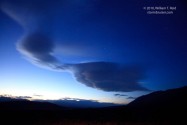
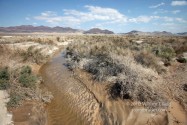



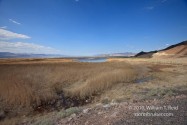

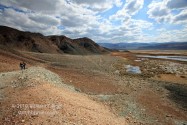
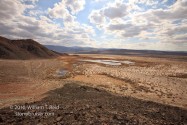
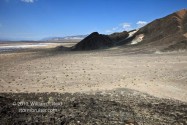
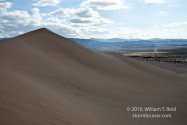
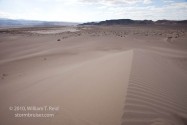

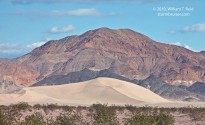
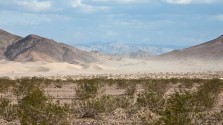
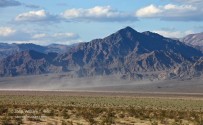
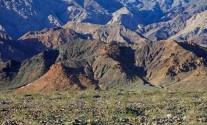
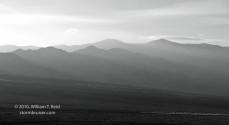
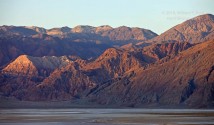
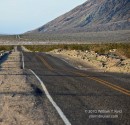


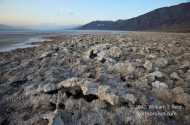
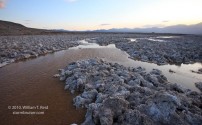

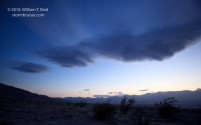
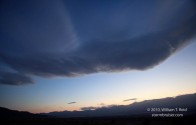
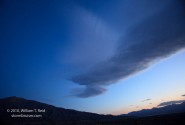
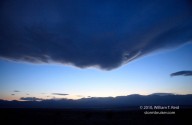
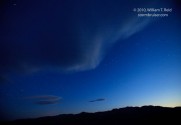
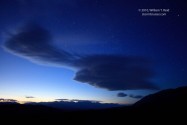
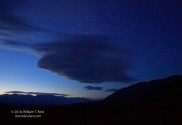
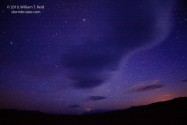
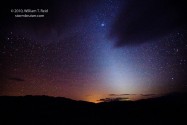
Leave a Reply
You must be logged in to post a comment.